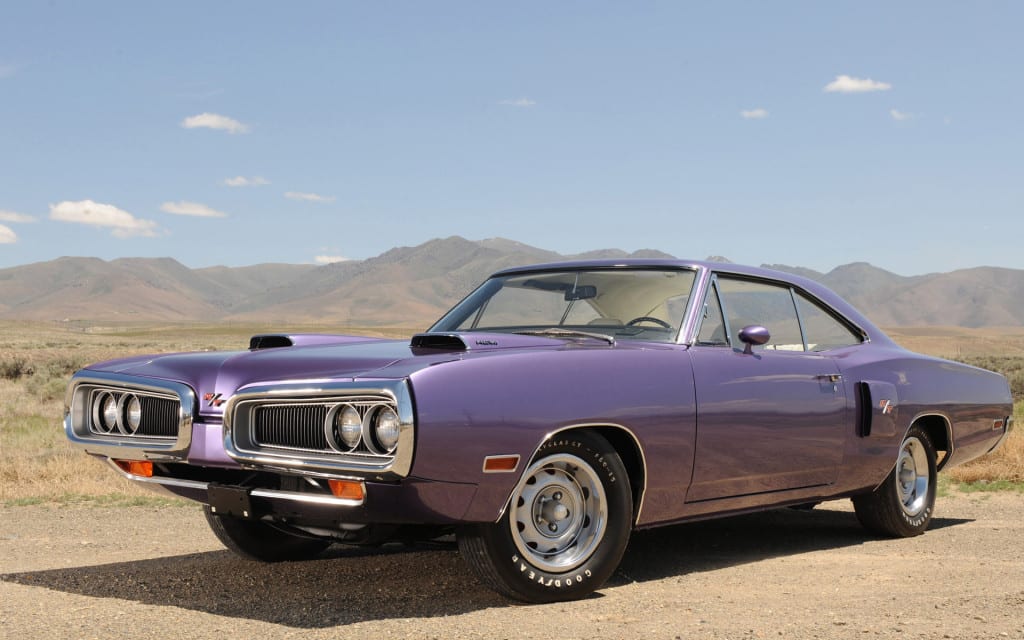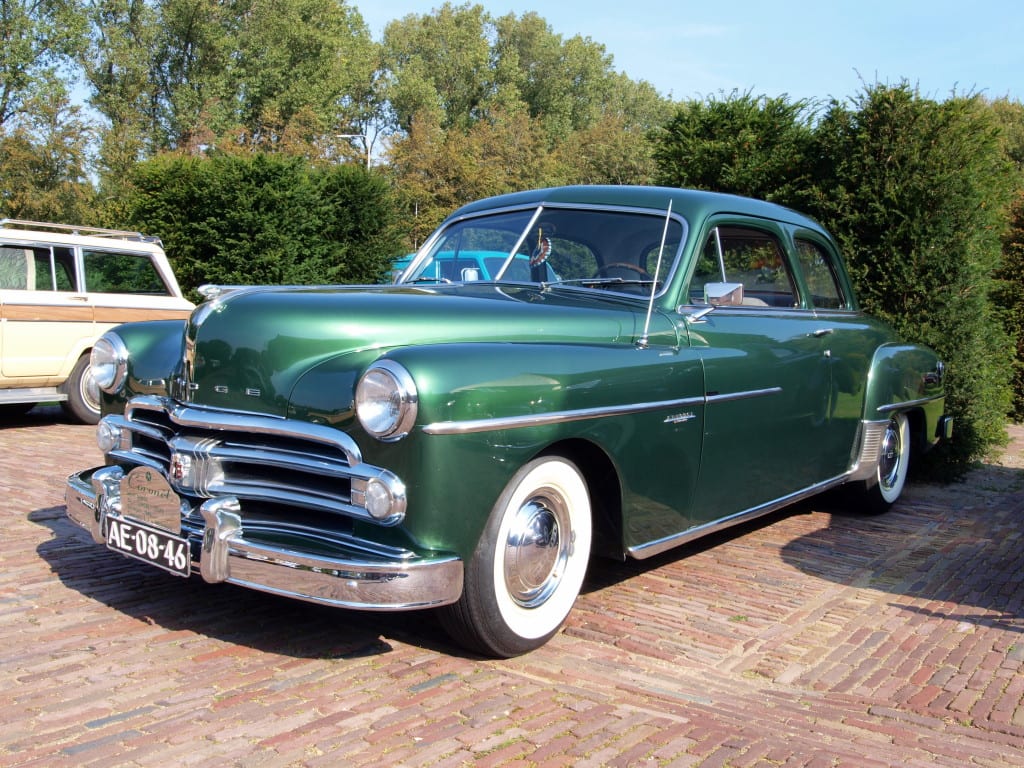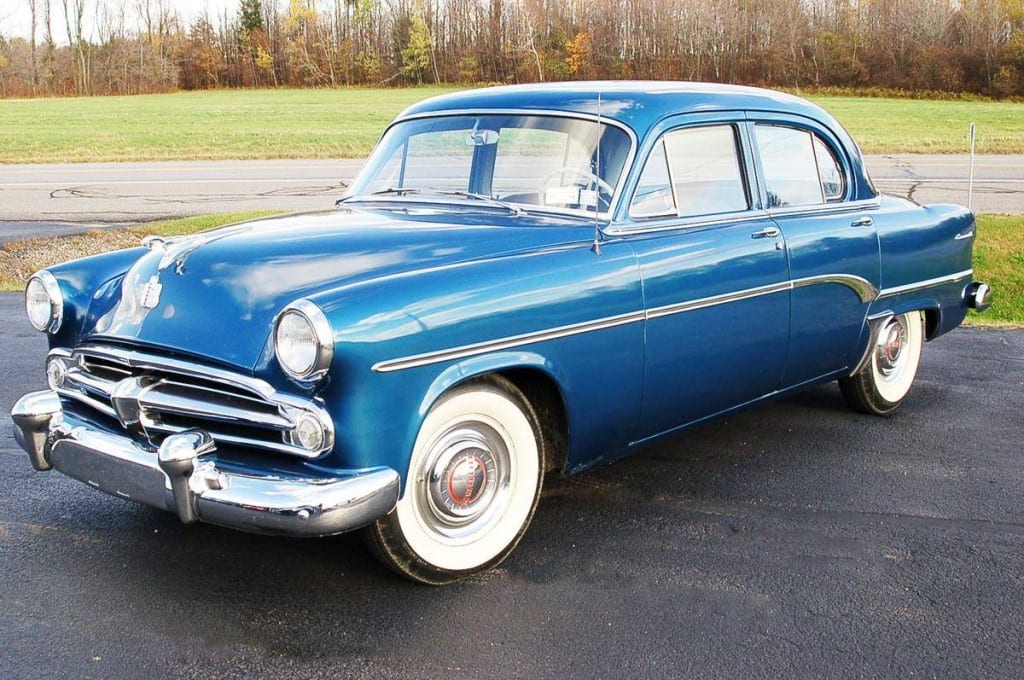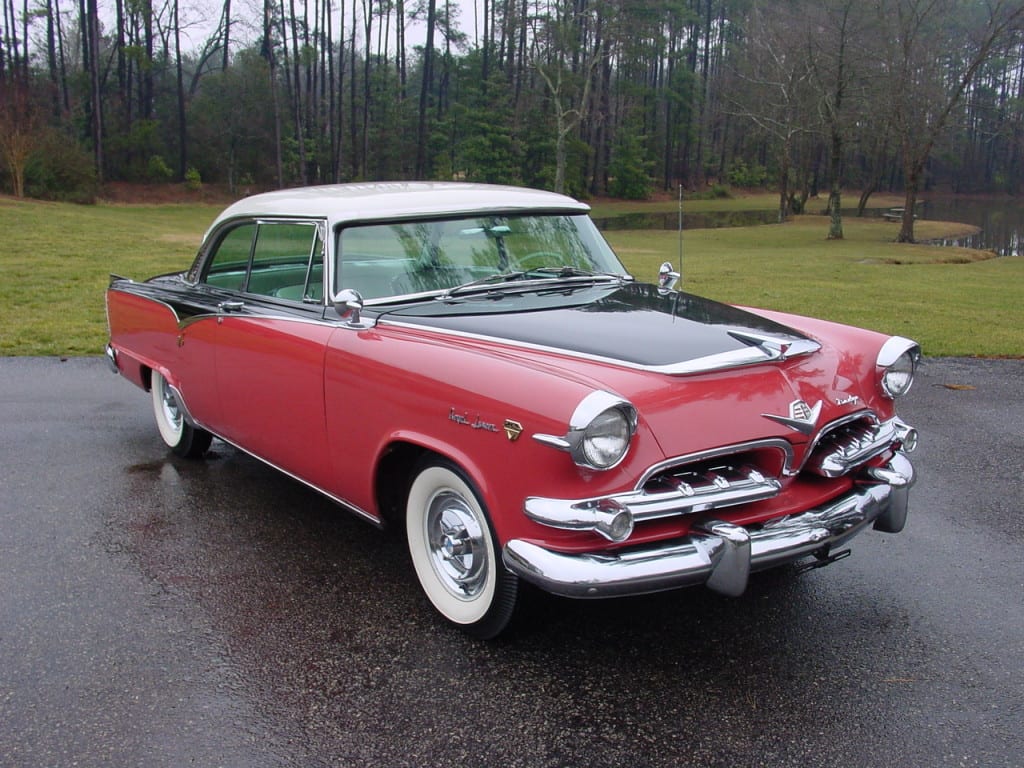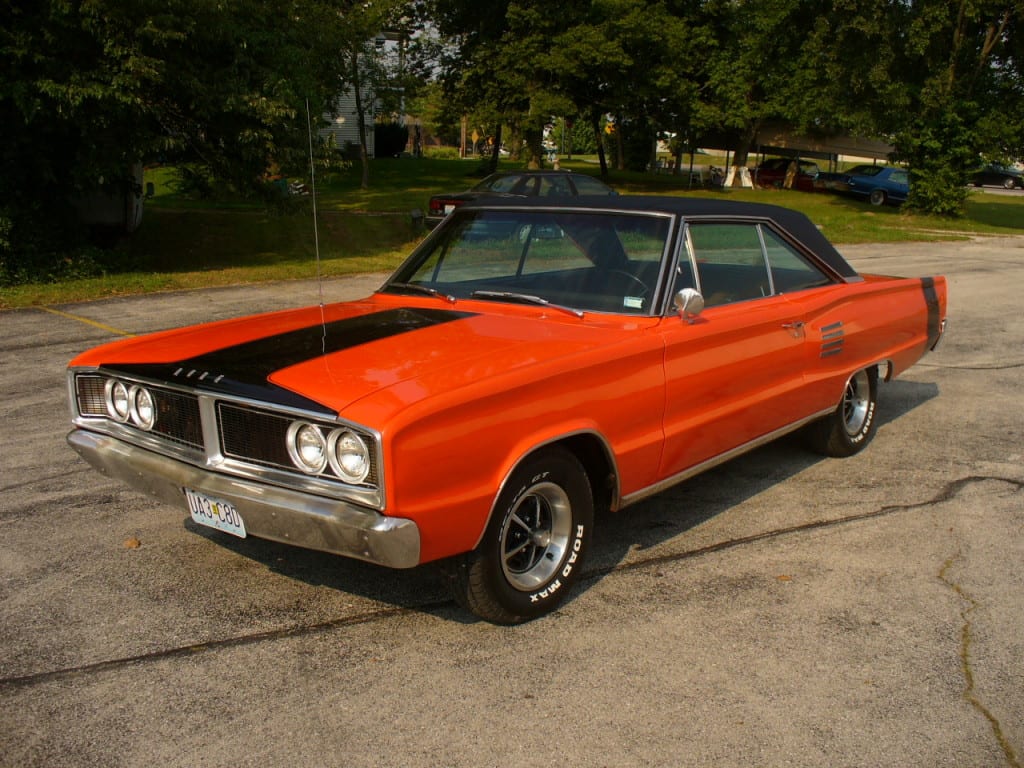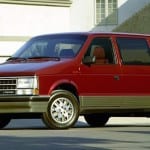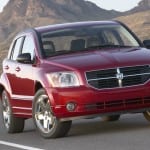The Dodge Coronet, whose name translates as little crown, enjoyed quite the long reign, spanning seven generations of American automotive history.
This was Dodge’s postwar baby, designed in 1949 and released during the 1950s and beyond, right through the 1980s.
Just as the Coronet rolled from one automotive generation into another, if you were a kid in the 1980s, you could have been driving a newer model of the same car your grandfather was driving. Simultaneously.
A royal car for sure, you can still find used Dodge Coronets by contacting your neighborhood Miami Dodge dealer.
In order to fully appreciate the reign of the Coronet, let’s take a look at the generational breakdown.
The Coronet was the top of the postwar styles released by Dodge, with its lesser siblings, the Wayfarer and Meadowbrook not too far behind.
The Initial Run of the Dodge Coronet Lineage
The first generation of Dodge Coronets were manufactured between 1949 and 1952, and featured one engine option.
Equipped with a 230 cubic inch flathead straight six cylinder engine, generating 103 horsepower, the 1949 Dodge Coronet car could reach top speeds of 90 miles per hour.
Okay, so that might not seem like much compared to say, the upcoming 2016 Dodge Challenger Hellcat, which is anticipated to smoke the streets backed by 707 horses, but consider the context.
For a car in 1949, getting top speeds of 90 miles per hour was pretty snazzy.
The neat thing about this first run of Dodge Coronets was the three-speed, fluid-driven transmission, which drivers operated by depressing a pedal on the floor. This transmission was shifter-free with full instrumentation.
A minor upgrade graced the Dodge face, which maintained the triplet trim levels in 1950.
The Coronets, Wayfarers, and Meadowbrooks are instantly recognizable, thanks to the updated tri-bar horizontal grilled design.
Gracing the grille of the eight-passenger 1950 Dodge Coronet was the Dodge crest, the start of the car’s nearly 217 inch length.
Moving into 1951, Dodge dropped the Wayfarer line, but continued with Meadowbrook and Coronet, of course.
Although these cars received minor makeovers, Dodge was distracted by the Korean War, more focused on churning out military vehicles than bringing new style and innovation to the American roadways.
This year did herald the arrival of the Dodge Coronet Diplomat, the first ever hardtop convertible from the Dodge brand.
The Dodge Coronet – Second Generation
A major makeover was in store for the Dodge Coronet between 1953-1954, now equipped with a 241 cubic inch, 3.9-liter HEMI engine, dubbed the “Red Ram.”
This car was a record breaker, setting more than 100 of them at the Bonneville Salt Flats.
Now in one piece, the windshield featured electric windshield wiper blades – standard.
If you wanted some tunes to accompany your ride, a radio was available for a whopping eighty-three dollars.
How quaint is that?
The Coronet took a backseat to the 1954 release of the Royal line.
All three Dodge models, Coronet, Meadowbrook, and Royal were given a lesson in luxury, with wider chrome molding and full instrumentation, which now included Chrysler’s first ever fully automatic transmission.
The two-speed PowerFlite was available on all Dodge models.
The Third Generation Dodge Coronets
Now things get really fancy.
Cue Iggy Azalea…I’m so fancy….
And in the short span between 1955-1956.
Gone were the Wayfarer and Meadowbrook lines, lowly now compared to the Dodge Custom Royal, Dodge Lancer, and Dodge La Femme models.
Dodge La Femme almost sounds like a Bond girl.
Anyway, this new crew was equipped with engine variety from the V6 and V8 options, across a range of trim levels, including a two or four-door station wagon, dubbed the Suburban, a hardtop coupe, the V8 Coronet Lancer, a two or four-door sedan with either V6 or V8 engines, and finally, the four-door eight-passenger limousine.
Swanky!
The Fourth Generation Dodge Coronet – Starring Lawrence Welk
Spanning two years, the fourth generation of Dodge Coronets featured the D-501 as the top trim Coronet, equipped with Chrysler’s HEMI V8, and boosted by 1957 Chrysler camshafts.
Enhanced suspension with serious shock absorbers, manual and automatic transmission options, 12-inch diameter drum brakes, and optional padded dash, featured on the precious few D-501s produced by Dodge. Only 101 to be exact.
The 1959 Silver Challenger, an all silver exterior, two-door equipped with either V6 or V8 engine, had many additional fun features, like deep pile carpeting stretched wall-to-wall, white wall tires, and an upgraded and luxurious interior.
Remember Lawrence Welk?
Well, his famous television show, the Lawrence Welk Show, which was – ahem! – sponsored by Dodge, broadcast a commercial advertising the “total contact” brakes on the JATO Rocket Car, featuring a 1958 Dodge Coronet driven over a dry lake at El Mirage.
Basically, Dodge was upping its cool quotient, but Lawrence Welk had nothing on the fifth generation muscle cars…
Radio Silence…and then the Fifth Generation
The years following the fourth generation were quiet until 1965 when Dodge re-released the Coronet as an intermediate-sized vehicle, as opposed to its predecessors full-size status.
The Coronet sold more than 209,000 during 1965, which made it the most popular Dodge model of the year, sold as a base, Deluxe, Coronet 440, and Coronet 500 versions.
This was the generation responsible for releasing the 1966/67 426 Hemi, nicknamed the “Elephant Engine.”
But perhaps the best part of the fifth generation was the creation of the Super Bee, a limited released muscle car, which was priced low, and available as a two-door coupe or two-door hardtop, recognizable by its Super Bee stripes and bee logo.
After its muscle car moment of glory, the Dodge Coronet started to peter out…
The Sixth Generation…Sales Start Slipping
Between 1971 and 1974, Dodge release the new Coronets, similar to the four-door Satellite manufactured by Plymouth.
Available as either a sedan or station wagon, the sixth generation of Dodge Coronets displayed only minor updates to the grille, headlights, and taillights.
Sales started slipping…significantly.
Only an estimated 90,000 Coronets were produced annually, a paltry sum compared to the 196,242 Coronets manufactured in 1968.
Thank the 1970s fuel crunch and the competition presented by other Chrysler-branded vehicles.
The 1973 model year inspired a quieter and smoother ride in the Coronet, thanks to the “Torsion Quiet” system, which added silencers and insulators to the car.
Additional requirements and standards imposed by the Department of Transportation inspired the 1974 redesign of the Coronets front and rear fascias, as well as the rear bumper.
This 1974 Coronet sedan provided the basis of all Coronet and Plymouth Fury models through 1978.
Lucky Number Seven – the Last Coronet Generation
Or in this case, I suppose unlucky is more accurate.
This generation was the Coronet’s last, and while I really wish I could say this car went out with a bang…it didn’t.
The final generation of Coronets lasted between 1975-1976 and most notably saw the return of the coupe, with redesigned headlights and front fascia.
Dodge de-throned the “Coronet” in 1977 and rebranded them Monaco, featuring minor changes but boosting sales.
However, by 1978, the Dodge Coronet officially entered the annals of history, becoming an automotive legacy, now sought after by car collectors and enthusiasts.
I, for one, would set my sights on a Silver Challenger. Silvia’s Silver Challenger…I like the sound of that.
